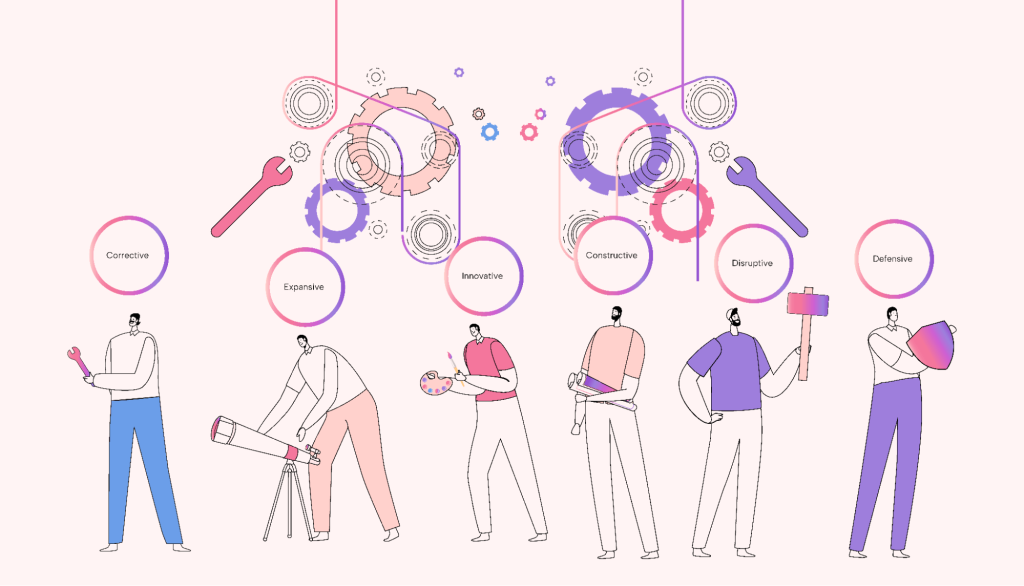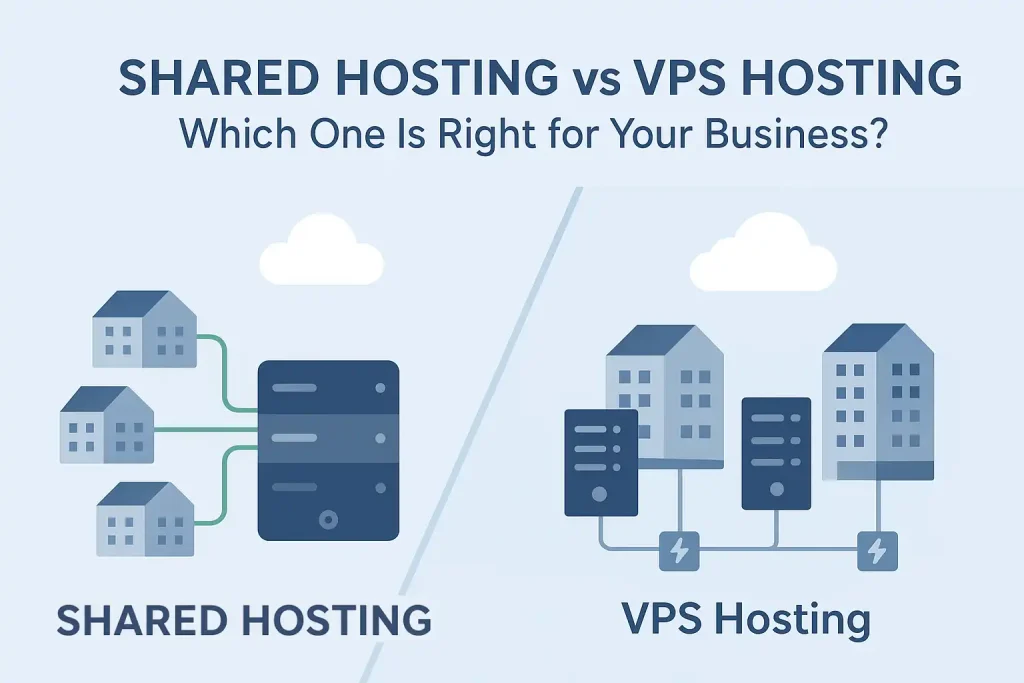Many organizations plan bold, ambitious strategies. They define visions, set growth goals, map out initiatives—and then… they hit turbulence in execution. Teams drift off-course, priorities clash, and momentum wanes. Often it’s not the strategy itself that fails; it’s the alignment that falters—especially when people don’t feel connected, clear, or motivated to follow it.
True strategic alignment is more than “telling people what the goals are.” It’s a living system in which strategy, execution, culture, structure, and human behavior evolve together. In this post, we’ll explore:
What strategic alignment really means
Why the human element is the linchpin
Common failure modes
Practices and frameworks to build alignment that sticks
The role of technology (and AI) as an enabler
How to turn alignment from a plan into everyday reality
Let’s begin.
What Is Strategic Alignment — Beyond Buzzwords

At its core, strategic alignment is about making sure three domains move together:
- Vision & strategy
People & culture
Day-to-day execution
When alignment is effective, every team, role, and task sees a clear line of sight to the organization’s purpose. Resources (money, time, talent) are marshaled coherently. Communication flows. Decisions reinforce rather than contradict the strategy.
Contrast this with merely setting goals at the top and downgrading them to departments without clear linkage. That’s often the trap many organizations fall into—goals exist, but they float without anchoring in how people work.
Here’s a simple comparison:
| Dimension | Strategic Alignment | Simple Goal-Silos |
|---|---|---|
| Scope | Holistic: vision, culture, structure, execution | Task- or department-level goals |
| Time horizon & feedback | Continuous, interactive, responsive | Fixed-term, periodic reviews |
| Role clarity | Every role sees how it ties to strategy | Roles defined but link to strategy ambiguous |
| Communication | Two-way, story-driven, transparent | Mostly top-down announcements |
| Metrics & adjustment | Tied to big picture, reviewed often | Often disconnected, infrequently adjusted |
Effective alignment demands clarity, shared ownership, and mechanisms so that each part of the organization contributes meaningfully toward the whole.
The Human Side of Alignment: Why Strategy Alone Isn’t Enough
You can have a beautifully crafted strategy on paper, but unless people buy in and act on it, it remains inert. The “soft” side—culture, trust, leadership, communication—is where many alignment efforts stumble. Below are critical human levers.
Leadership: Vision, Consistency, and Modeling
Strategies need champions. Leaders must not only articulate a compelling vision but also consistently reinforce it, adapt it when conditions shift, and embody it in their behavior. If leaders flip‐flop or fail to live the values they preach, alignment fails quickly.
One danger: employees might believe in leaders’ competence (decision-making, skill), but not in their benevolence (whether leaders care about people). Low benevolence undermines trust—and trust is foundational for alignment.
Intrinsic Motivation & Engagement
Highly aligned organizations tend to have high engagement. But global studies suggest only around 20-25% of employees report being truly engaged in their work. If employees see their tasks as disconnected or purposeless, alignment will feel like a mandate—not a shared mission.
Key drivers of engagement include:
Trust in leaders
Strong relationships with direct supervisors
Sense of purpose
Leaders should aim to surface how each person’s work contributes to organizational goals, rather than micromanaging. Empower people to decide how they will contribute within the strategic framework.
Culture & Values
Culture is the invisible operating system of an organization. Stated values mean little if not mirrored by incentives, behaviors, and norms. For example, if “customer-first” is a core value but your billing team is penalized for time spent beyond tight SLA limits, your culture is sending a contradictory message.
To tune culture:
Make values visible through stories, recognition, hiring, performance reviews
Reinforce aligned behavior via rituals, symbols, norms
Address mismatches proactively — when operations contradict values, intervene immediately
Communication & Transparency
Empirical evidence shows many employees feel under-informed about key decisions that affect them. When leadership hides rationale or communicates inconsistently across channels, misalignment creeps in.
To counter this:
Use multiple communication channels (town halls, docs, dashboards, informal check-ins)
Explain why decisions were made, not just what
Encourage questions, clarifications, and dissent — people don’t have to fully agree, but they should feel they understand
Be transparent about trade-offs and constraints
Psychological Safety & Trust
Alignment cannot be surface-level. Without psychological safety—i.e. the ability to question, push back, admit doubts—alignment becomes brittle. Leaders who show vulnerability (own mistakes, admit uncertainty) help create space for others to speak up.
When feedback is consistently ignored or dismissed, employees stop raising concerns, and misalignment festers underground.
Why Strategic Alignment Commonly Fails

Having understood what works, let’s examine where things go wrong:
1. Poor or inconsistent communication of strategy
One CEO announces priorities; department heads branch off with their own interpretations. Or the “why” is never repeated or tied to daily work. Over time, people stop hearing the message, or interpret it differently. Studies show many managers themselves aren’t sure what their organization’s goals are.
2. Silos and conflicting incentives
Teams operate in isolation, optimizing for their own metrics without respect for cross-team dependencies. Sales may chase volume, while customer success is measured on retention. Marketing pushes unqualified leads, product works on unused features. Incentives conflict. The result is fragmentation—and that kills alignment.
3. Resistance, lack of buy-in
If employees don’t see how change benefits them—or don’t understand the rationale—they resist passively or actively. Comments like “we’ve done this before” or “that’s not my problem” often indicate the absence of ownership and clarity.
4. Overemphasis on process or tools, underemphasis on people
It’s tempting to lean on frameworks, dashboards, OKR software, or alignment tools. But these can create the illusion of alignment while misalignment grows beneath the surface. Tools and process should support people—they cannot replace trust, clarity, or culture.
5. Treating alignment as a one-time exercise
Market contexts shift. Priorities drift. If alignment is treated as a “set-and-forget” process, gaps grow. A strategy that made sense six months ago may no longer serve the organization, and neglecting periodic recalibration invites chaos.
6. Neglecting middle management
Leaders cast vision; frontline teams execute. But the connective tissue is middle managers. If they lack context, belief, or coaching, alignment falters before it even reaches the front line.
7. Viewing alignment as compliance instead of engagement
If alignment feels like a mandate, people may do the bare minimum without genuine commitment. Engagement—and ideally co-creation—yields stronger alignment than top-down enforcement.
8. Relying solely on technology without cultural readiness
Dashboards, alert systems, and AI can surface misalignment signals—but they can’t fix trust, missing context, or a culture where people don’t feel safe. If the culture is weak, tech can feel like surveillance rather than support.
Strategies & Best Practices to Build Lasting Alignment

Given all the pitfalls, how do you make alignment resilient? Here are proven practices and frameworks to make alignment stick:
Cascade Strategy into Team & Individual Objectives (OKRs)
One of the most effective ways is to translate top-level strategic goals into team-level (and ideally individual-level) Objectives and Key Results (OKRs). Each team’s OKRs should map clearly to organizational goals so that people see the line-of-sight. Review and adjust them consistently.
Tip: Stick to 1–3 objectives per team per cycle. Overspecifying dilutes focus.
Read More: 16 Best OKR Software in 2025
Co-Create Initiatives with Cross-Functional Teams
Involve people from various departments early, so they understand trade-offs and own the outcomes. This builds feasibility, shared ownership, and increases the likelihood that handoffs will work smoothly.
Use Storytelling to Embed Strategy
Humans internalize stories far more readily than bullet points. Leaders who turn strategic vision into narrative — full of metaphors, journeys, and real-world examples — help people see where they fit in. A story provides anchor points for conversations and memory.
Recognize & Reward Aligned Behavior
When someone acts in a way that embodies strategy (beyond hitting a metric), publicly acknowledge it. It signals what “good looks like.” Recognitions, peer shout-outs, awards, or even simple thank-you notes amplify momentum.
Maintain Two-Way Feedback Loops
Treat alignment as dialog, not decree. Conduct pulse surveys, “listening sessions,” or informal check-ins. Ask:
What’s unclear?
What’s blocking us?
What trade-offs do you see?
But don’t let feedback disappear into a black hole. Act on it, show resolution, and report back.
Train Leaders as Alignment Champions
Being a leader doesn’t automatically mean being an alignment enabler. Train leaders (especially middle managers) in vision communication, coaching, conflict resolution, giving feedback, and translating strategy into execution. They are the cultural multipliers.
Frameworks to Bridge Strategy and Human Behavior
Here are frameworks you can mix and match depending on your context:
OKR (Objectives & Key Results) – Align goals and outcomes across levels
Hoshin Kanri (“catchball”) – Strategy flows down and feedback flows up in iterative dialog
Balanced Scorecard – Connect strategic dimensions (financial, customers, processes, learning/growth)
Kotter’s 8-Step Change Model – For leading transformations (urgency, vision, empowerment, short-term wins, consolidation)
ADKAR (Awareness, Desire, Knowledge, Ability, Reinforcement) – Focus on individual adoption of change
Using them together is often more powerful—e.g. lead the change process with Kotter while applying ADKAR for individual adoption.
The Role of Technology & AI in Alignment
Technology (and AI) is not a silver bullet—but when used thoughtfully, it can enhance alignment by reducing friction, surfacing patterns, and freeing time for high-value conversations.
Technology as an Enabler, Not a Replacement
Tools don’t create alignment; people do. But they can help with:
Visibility: Dashboards or visual systems help everyone see progress, dependencies, and status
Consistency: Automated workflows reduce manual friction (e.g. notifying teams of delays)
Signal detection: AI can help flag misalignment trends (sentiment shifts, workload stress, drift)
Time savings: Automations and smart nudges help maintain alignment, not micromanage
Examples of AI-Augmented Alignment Use Cases
Sentiment & alignment scanning
AI can analyze open-ended feedback, chat logs, or pulse surveys to detect early signs of disengagement or misunderstanding before they show up in metrics.Predictive modeling
Based on workload, engagement, absenteeism, AI models can flag employees or teams at risk of burnout or attrition—allowing proactive interventions.Smart dashboards and alerts
Instead of dumping raw numbers, dashboards can surface actionable insights (e.g. “Key result trending behind target—investigate”) or next steps to explore.Automated reminders & nudges
When a task or objective hasn’t been updated, automated nudges prompt relevant people. This keeps alignment top of mind without micromanagement.Executive summaries & insight extraction
Rather than asking leaders to dive into every comment stream, AI can generate summaries of progress, risks, and sentiment—letting them focus on decisions, not data collection.
Caution: All of these technologies require context, governance, and ethical guardrails. They must serve human judgment, not override it. Culture must be mature; otherwise, tracking tools can feel like surveillance.
Turning Alignment Into Daily Practice: A Stepwise Model
Here’s a practical, iterative model you can adopt to move from strategic planning to alignment in daily work:
Capture and socialize the strategy
Document strategic vision and goals in a living, accessible forum. Make sure everyone can see and revisit them.Cascade objectives into teams
Break top-level goals into team OKRs, and make sure each team owns their part. Provide context and rationale.Translate goals into tasks and dependencies
For each key result, define the work that needs to happen. Map dependencies explicitly.Track progress with transparency
Use dashboards or scorecards visible to all, showing status, red flags, and dependencies.Use automations and nudges
Automate status updates, notifications, or check-ins to reduce friction and follow-through burden.Summarize and flag insights for leadership
Provide leadership with distilled progress snapshots and risk signals so they can coach, intervene, or course-correct.Gather feedback and iterate
Run pulse surveys, retrospectives, or check-ins. Turn feedback into action items; revisit strategy and goals as needed.
These steps form a closed feedback loop—strategy → execution → measurement → insight → adjustment.
Cultural & Behavioral Pitfalls to Watch Out For
Even with excellent process and tools, alignment can fail if culture or behavior is misaligned. Here are pitfalls to stay vigilant about:
Assuming alignment is “done”
Strategy shifts, new disruptions emerge. If you don’t revisit alignment often, drift happens.Neglecting middle managers
If managers don’t believe, don’t understand, or aren’t trained, execution stalls before it reaches frontline teams.Treating alignment as compliance
If people feel they’re forced to do it, alignment becomes superficial. You want buy-in and co-creation rather than submission.Overreliance on tech
Tools will highlight breakdowns, but they won’t fix underlying trust, context, or culture gaps.Ignoring misalignment in “small” work
Alignment fractures often start in minor deviations: a team starts skipping updates, or a stakeholder bypasses process. Don’t let small cracks expand.Lack of response to feedback
Soliciting feedback and then ignoring it is worse than not asking. It breeds cynicism and silence.
The Future of Alignment in the Age of Human + AI
The trajectory of strategic alignment is evolving rapidly. The future won’t be human vs. AI—it will be human with AI, working in symbiosis.
Some trends to watch:
Employees may adopt AI faster than leadership expects
Surveys show many workers already use AI tools in their daily lives. When leadership hesitates, a disconnect emerges—and misalignment can intensify.Rise of agentic AI and autonomous workflows
In coming years, more enterprise applications will embed AI agents capable of proactively detecting drift or taking alignment-related actions (e.g. nudging overdue dependencies). But misuse or over-automation without context can backfire.Smarter, subtle signals of alignment risk
Rather than blunt metrics, future alignment systems may detect tonal shifts in communication, micro-patterns, or sentiment deviations before full breakdowns occur.More fluid, adaptive strategies
As markets shift rapidly, strategies will lean more toward modular, evolving guidelines rather than fixed, multi-year plans. Human judgment helps moderate AI-suggested pivots.
Still—no matter how powerful AI becomes, alignment will never be fully automated. The judgments, the trust, the interpretation, the leadership—all still rest with people.
Recommendations & Action Steps for Leaders
If you’re leading or supporting alignment efforts, here’s a recommended playbook:
Start with shared visioning conversations
Don’t drop a strategy from the top down; engage leaders and teams in shaping the narrative.Communicate early, often, across channels
Repetition, clarity, and transparency build clarity and buy-in.Cascade thoughtfully, but don’t overburden
Use OKRs or similar models, but limit objectives so teams can focus.Empower cross-functional initiative design
Bring stakeholders into planning early to preempt friction and drive ownership.Train middle managers intensely
Equip them to translate, coach, and reinforce alignment.Implement visible dashboards
Let everyone see progress, bottlenecks, and dependencies in one place.Automate mundane alignment tasks
Reminders, nudges, status updates—free people to focus on strategic work.Create feedback loops & act on feedback
Listen upstream and downstream; ensure feedback leads to visible change.Reward alignment behaviors
Celebrate cross-team collaboration, values-led decisions, and innovation.Revisit strategy periodically
Don’t treat alignment as fixed. Make time to question assumptions and shift course where needed.
Alignment Is a Craft—Not a Checkbox
Strategic alignment isn’t a one-time exercise or a tool you deploy and forget. It’s a living, human-centered craft. It’s the daily conversations, the feedback loops, the trust-building, the transparent trade-offs. And yes—when done well—it changes the way people work, think, and see their impact.
When strategy, structure, and culture evolve together, alignment becomes an engine, not a constraint. And that’s when organizations move from chaos and drift toward clarity, coherence, and growth.









